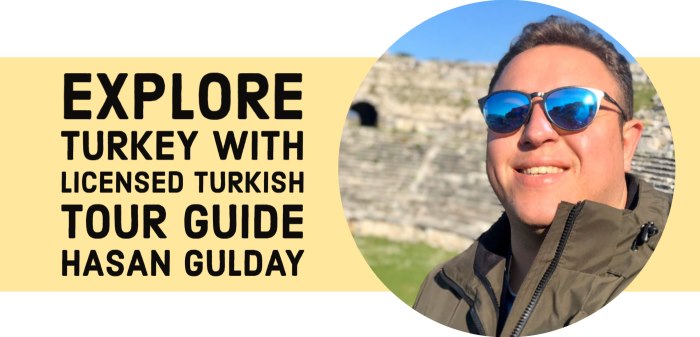The ancient city of Ephesus stands as a living testament to the triumph of culture and the symbols related to different eras of human history. Ephesus is a treasure box of myth, history, and architecture, offering a window into the lives and beliefs of its past inhabitants of Asia Minor and Mediterranean Region. You can take an unforgettable journey through symbols during your tour in this UNESCO World Heritage Site.
From the majestic Library of Celsus to the enigmatic Temple of Artemis, each stone and column of Ephesus tells us a different story and hidden meaning with symbols carved on them. The symbols of Ephesus are similar to the ones on Turkish carpets, which have meanings and significance of their own.

Take this odyssey with me and let’s explore the symbol in Ephesus together and let me be your Guide To Learn Amazing Symbols in Ephesus,
Guide To Learn Amazing Symbols in Ephesus
Menorahs in Ephesus (See the related article)
Ephesus had been one of the most important and most densely Hebrew populated cities of the Roman Empire, also the biggest one in Asia Minor. Menorahs and several other Jewish symbols can be explored all around Ephesus Ancient City. Especially menorah on the steps of the Celsus Library is a very famous one.
Menorah Carved on a Column in Ephesus
Carian Labrys Symbols in Ephesus (See the related article)
The Carian Labrys is a significant symbol affiliated with the ancient region of Caria, located in what is now southwestern Turkey, which is below Ephesus Ancient City. As far as we understand, labrys axes were commonly used in rituals. So far we have found four Carian labrysies or also known as double axes in Ephesus.
Phallus symbols in Ephesus (See the related article)
Phallus symbols were commonly used as representations of fertility, protection, and prosperity in ancient Ephesus. Among the most well-known deities linked to phallic symbolism was Priapus. Priapus was a minor god of fertility, gardens, and male genitalia. The best example of these artifacts can be seen in Ephesus Archeological Museum.
Hecate of Ephesus (See the related article)
Hecate was a powerful goddess credited with magic, witchcraft, the moon, and the underworld. Hecate was often depicted as a protector and guide, especially during times of transition and change, and maybe that is why she was placed under the gate of Mazeus and Mithradates in Ephesus.
Bees of Ephesus (See the Related Article)
The bee, which has been the symbol of Ephesus since ancient times, represents ‘abundance’ and ‘fertility’ together with the other animals represented on the famous statue of Artemis which can be found in Ephesus Archaeological Museum. Bees were also shown on coins, statues, and jewelry made in the ancient city of Ephesus.
Etrog Symbols in Ephesus (See the related article)
The etrog, which has an important place in Jewish rituals, symbolizes fertility, abundance and renewal. Etrog has a lemon-like appearance, but is larger and more fragrant. Etrog fruit has an significant place in Ephesus Jewish culture and religious rituals and represents historical and cultural richness. Etrog symbols can be seen at various points in the ancient city of Ephesus.
Hire Tour Guide to Learn Symbols of Ephesus
Ephesus and its surrounding attractions were built upon a land which hosted many cultures, languages, and religions. Every resident of Ephesus left their stories and symbols in Ephesus. Contact me to learn more on Ephesus and its symbols. Contact me to hire a professional tour guide for an Ephesus tour.